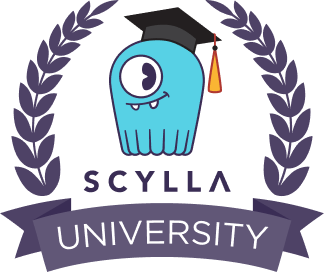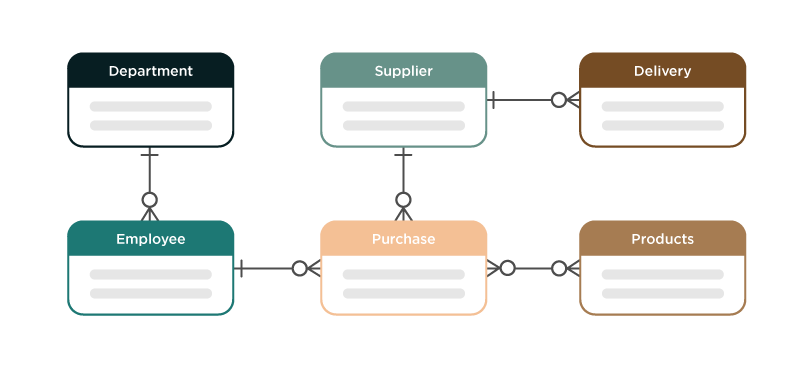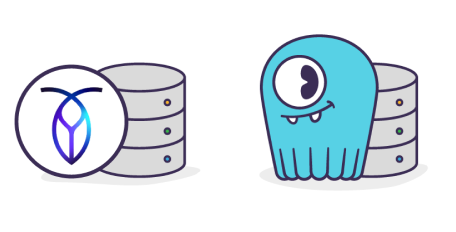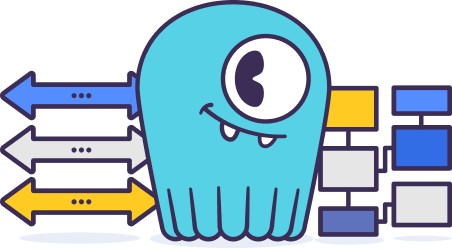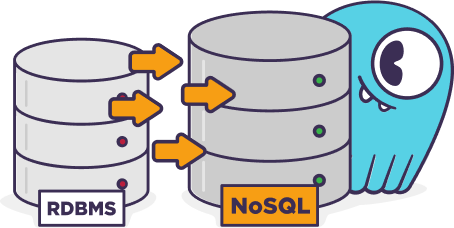NoSQL database systems serve as an alternative to traditional relational or SQL databases. They offer numerous advantages for the right users and are designed to address specific use cases and challenges.
Advantages of NoSQL Databases
NoSQL databases offer flexibility and are most effective when used for scenarios that align with their strengths. SQL databases enforce ACID (Atomicity, Consistency, Isolation, Durability) guarantees and are used where transaction-oriented, schema-based data stores are essential. Some applications use both NoSQL and SQL databases for different use cases.
NoSQL databases offer a number of advantages compared to SQL databases:
Scalability. NoSQL databases typically scale horizontally, which means users can add more servers or nodes to the database cluster to handle increasing loads. This allows them to handle high traffic and data volume easily.
Horizontal partitioning and sharding. On a related note, NoSQL databases support horizontal partitioning and sharding. This allows users to distribute data across multiple servers or nodes to maintain performance as data expands.
Flexibility and schema-less design. NoSQL databases often use a schema-less or schema-flexible data model, allowing users to store data without a fixed schema. This flexibility is especially useful in agile development scenarios where the data structure is evolving or unpredictable and it eliminates extra work for database administrators.
Performance. NoSQL databases are optimized for workloads like read-heavy and write-heavy operations. This specialization can improve performance for particular tasks.
Variety of data models. Intuitively, there are different types of NoSQL or “not only SQL” databases to improve the data modeling and query efficiency for various use cases. For example, MongoDB and CouchDB are document databases, and Amazon DynamoDB and Neo4j are distributed databases, the latter also being a graph database—but they are all NoSQL databases as well.
Distributed and fault tolerant. By distributing data across multiple servers or data centers automatically, NoSQL databases help ensure high availability.
Support for data regardless of structure. NoSQL databases handle unstructured or semi-structured forms of data effectively, including binary data, JSON, and XML.
Cost-effective. NoSQL databases can run on commodity hardware and scale efficiently without additional costly investment.
Use Cases: When to Use a NoSQL Database
There are many industries now that typically choose NoSQL for their business. Here are some specific use cases and verticals for NoSQL databases:
Web and mobile applications. NoSQL databases store and retrieve content in dynamic websites like content management systems (CMS). They also manage sessions, user profiles, and user-generated content in social media apps.
E-commerce. NoSQL databases manage shopping cart data, provide personalized product recommendations, and store and retrieve product information in online stores.
Gaming. NoSQL database systems store player data, scores, and rankings and handle real-time game state and communication between players.
IoT (internet of things). Sensors and IoT devices generate massive amounts of data and event logs that NoSQL databases store, process, and manage.
Big data and analytics. NoSQL databases analyze, store, and process large volumes of data from logs, web servers, applications, and systems for analytics.
Content management and publishing. These databases are used in digital asset management (DAM), news, and media to store and manage multimedia assets like images, videos, and audio and handle content distribution, archives, and user-generated content.
Real-time analytics. NoSQL databases offer dashboards for tracking and analyzing real-time data for operational insights and detecting anomalies and fraud patterns in real-time transactions.
Ad tech. These databases store ad creatives, targeting information, and ad performance data for analysis of user clickstream data and ad targeting.
Healthcare. Healthcare organizations can store and manage electronic health records (EHR) including collecting and analyzing sensitive, real-time patient records and medical data.
Finance. In finance, NoSQL databases offer safe storage for financial and trading data for risk assessment and portfolio management.
Supply chain and logistics. In this vertical, NoSQL databases are used to manage and track inventory levels and supply chain data and optimize delivery routes and logistics operations.
